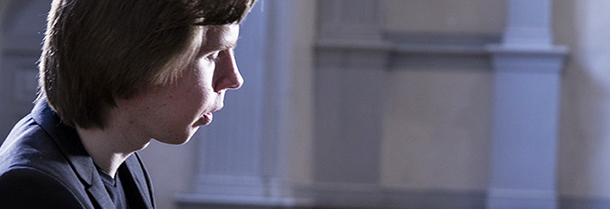Tag: Sonata in C minor K 457
-

PROGRAM NOTES: JUHO POHJONEN
Wolfgang Amadeus Mozart Fantasy in C minor K 475 The year 1785 was a good one for Mozart. In the words of musicologist John Irving, he had become something of a ‘hot property’ in Vienna, enjoying considerable success both as a published composer and as a performing musician. But Mozart had also acquired a reputation…

